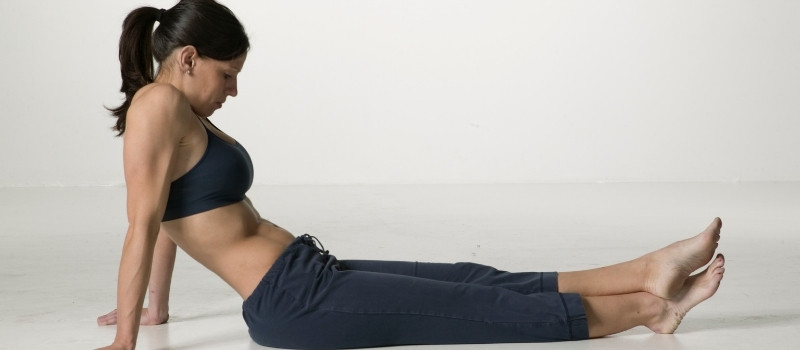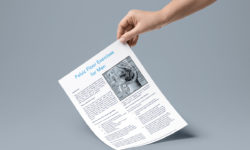Pelvic Floor Exercises
What Are The Pelvic Floor Muscles?
The pelvic floor muscles are layers of muscle stretched like a hammock from the pubic bone at the front to the bottom of the backbone (coccyx). In men there are two openings through the pelvic floor – the anus (back passage) and the urethra (bladder outlet). In women there are three openings through the pelvic floor, the anus (back passage), the vagina (birth canal) and the urethra (bladder outlet). The pelvic floor muscles support all these openings, but if they are weakened or not in good condition they cannot support the openings effectively. When a muscle is not exercised it will weaken through lack of use. The pelvic floor muscles are no exception.
Who Could Benefit From Pelvic Floor Exercises?
People who have faecal incontinence or bowel leakage may be helped by doing some specific exercises for the sphincter and pelvic floor muscles. These exercises could help improve the strength of the sphincter and pelvic floor muscles and improve bowel control. Talk to your healthcare professional before doing these exercises to see whether they could help you.
Pelvic Floor Exercises (also known as kegel exercises) can help both men and women gain more control over bowel movements. These exercises are also used for men and women with bladder control problems.
What Causes The Pelvic Floor To Weaken?
Like other muscles they can be damaged, a long history of constipation can weaken the pelvic floor muscles. They can also become weakened by surgery in the pelvic area. In women, the most common cause of damage to the pelvic floor is the strain and stretching involved in childbirth – large babies and the use of forceps can increase this damage. Muscle tearing or episiotomies (where the muscle is cut to allow an easier birth) can cause further damage. A long history of constipation can also weaken the pelvic floor muscles in both men and women.
In some men, the lower bowel can prolapse through the anal canal and bowel control can be affected. In women, weak pelvic floor muscles may lead to prolapse of one or more of the pelvic floor organs; the bladder, womb or bowel. A prolapse is when these organs are not correctly supported and they start to push down against the vaginal walls. Symptoms of a prolapse can include a bulging or heavy dragging sensation in the vagina, pain or discomfort during intercourse.
How to do Pelvic Floor Exercises

- You should sit, stand, or lie in a comfortable position with your legs slightly apart.First you need to identify the correct muscles. Tighten and pull up the muscle around the back passage – as if you are trying to stop yourself from passing wind. You should be able to feel the muscle move – this is the back part of the pelvic floor.
- Now imagine that you are about to pass water and picture yourself trying to stop the flow of urine. The muscles which you tighten when you are trying to stop passing water are the front parts of the pelvic floor. Slowly tighten and pull up the pelvic floor muscles, from the back towards the front as hard as you can, this is a slow pull up. Hold the squeeze for as long as you can (up to 10 seconds) and then relax the muscles. Relax for 3 or 4 seconds before trying another pull-up. Start with doing these 5 times and increase the number gradually (up to 8-12 times).
- Now pull up the muscles quickly and tightly, and then relax them immediately. These are fast pull-ups. Again, start with doing these 5 times and increase the number gradually (up to 10 times).
Each time you do a series of slow pull-ups, you might try to hold each pull-up for a little longer. And each time you do a series of fast pull-ups try to do more.
REPEAT
You should exercise your pelvic floor 3 times a day. Once you have identified the correct muscles and have mastered the exercises, you should be able to do them in any position without anyone noticing. You could try to get into the habit of doing the exercises every time you do something else that you do regularly for example; every time you clean your teeth or every time you work at the kitchen sink.
However, especially when you first start to perform these exercises correctly, you will need to be able to concentrate fully on doing them so ideally try to set aside a quiet time to do them, they don’t take long!
How Long Should You Continue With These Exercises?
Like any group of muscles, it is in your own interest to keep them in good shape – so really everyone should be exercising their pelvic floor muscles from childhood through to old age.
If you already have some symptoms that might be caused by a weakened pelvic floor, do not be disappointed if you do not notice any improvement even after a month or two of exercising – it is a long process, which needs patience and some willpower. It may help to talk to a specialist continence adviser or a continence physiotherapist about the exercises to make sure you are doing them properly. They may also be able to suggest additional exercises, exercise devices or muscle stimulation which could speed up the process.
Things To Remember
- Practice pelvic floor muscle exercises regularly to make the muscles stronger.
- Try and breathe naturally and avoid tightening your buttocks, leg and upper tummy muscles whilst you are doing your exercises.
- Stop exercising if your muscles begin to ache- you have done enough. Take a break.
- Don’t give up. Keep doing the exercises.
You are welcome to print these guides to doing Pelvic Floor Exercises, to help you remember to practice regularly.
Pelvic Floor Exercise Printable Guides
Pelvic Floor Exercises For Men
[BBC:030] Pelvic Floor Exercises For Men
Training your pelvic floor muscles can help improve your bladder control and this is as important for men as it is for women. This guide explains how to perform pelvic floor exercises.
Pelvic Floor Exercises For Women
[BBC:031] Pelvic Floor Exercises For Women
Training your pelvic floor muscles can help improve your bladder control. This guide explains how to perform pelvic floor exercises, specifically for women.


